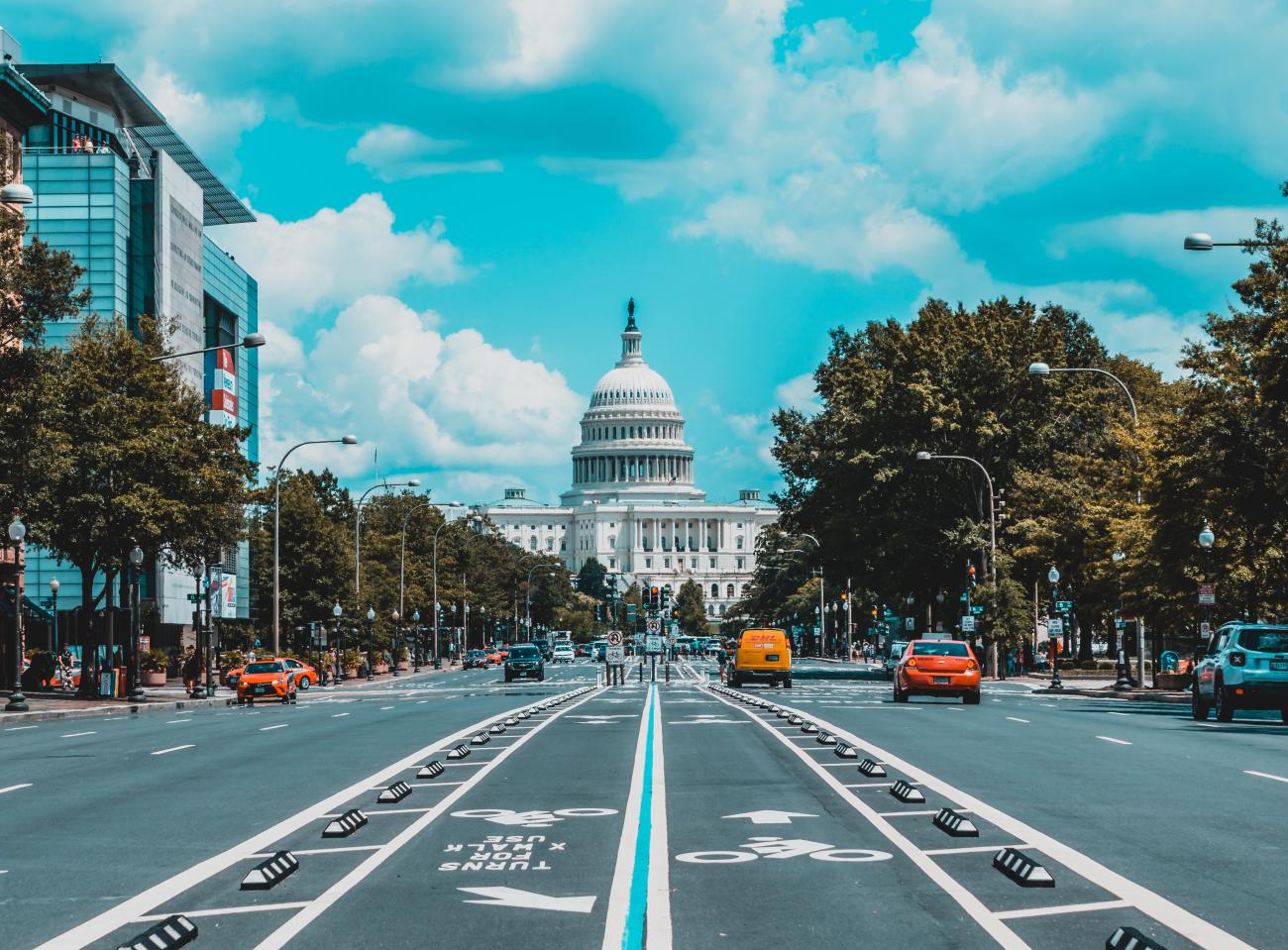-
Johnson, B. D., & Larroulet, P. (2019). The “distance traveled”: Investigating the downstream consequences of charge reductions for disparities in incarceration. Justice Quarterly, 36(7), 1229-1257. The Distance Traveled Investigating the Downstream Consequences of Charge Reductions for Disparities in Incarceration.pdf2.46 MB


